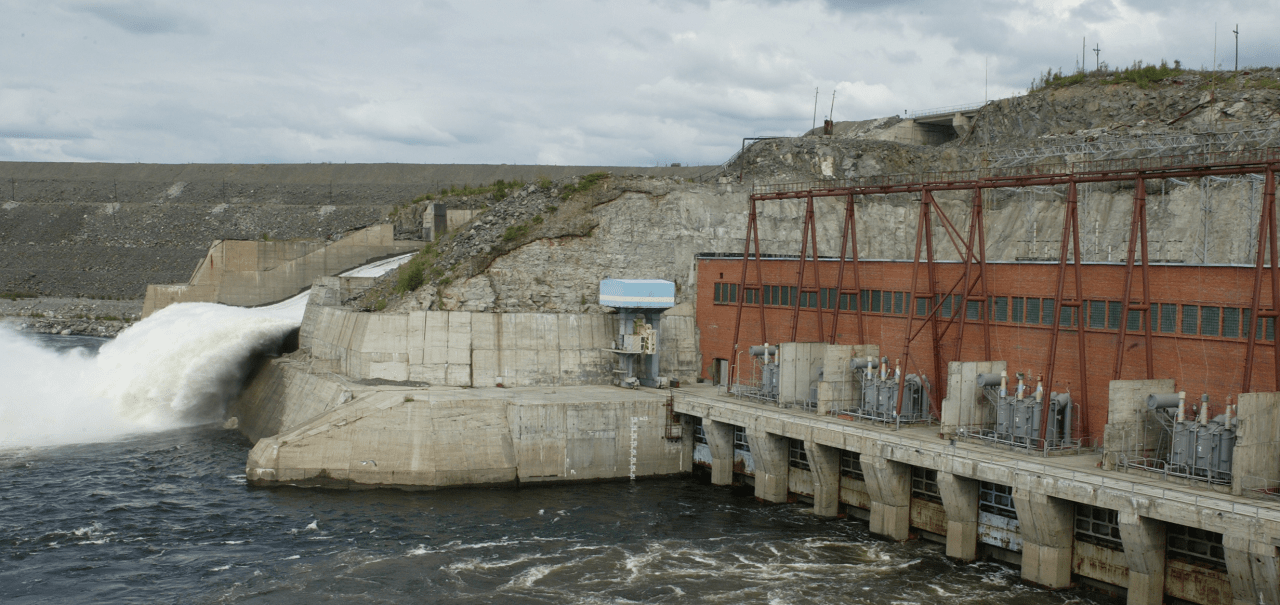Climate change
Nornickel’s Board of Directors considers the Company’s climate change strategy as a matter of priority and is responsible for its review and approval.
GHG emissions
In 2021, GHG emissions (Scope 1 and 2) totalled about 10.3 mln t. Greenhouse gas emissions increased in 2021 primarily due to the inclusion of emissions from the Group’s non-production enterprises in the corporate emissions inventory, changes in production processes, and an abnormally cold winter in the Norilsk and Kola Divisions.
The decision to include non-production enterprises in the GHG inventory was driven by the stocktaking the GHG sources and preparation for amendments to Russian climate laws.
Nornickel’s key production facilities are located in the Norilsk Industrial District, in the Arctic Circle, and operate in sub-zero temperatures for about eight months of the year. Since the Norilsk Industrial District is isolated from the federal energy infrastructure, Nornickel generates electricity and heat locally at its own generating facilities (100% owned by the Group). As a result, the bulk of GHG emissions comes from the Company’s energy assets. At the same time, as Nornickel is the only producer of electricity and heat in the Norilsk Industrial District, the Company also fully meets the demand for energy resources and heat from social infrastructure facilities and the local population. The share of GHG emissions generated by infrastructure facilities and households in Nornickel’s regions of operation is on average 11% of total Scope 1 and 2 GHG emissions.
In 2021, the Company continued to quantify indirect GHG emissions (Scope 3) from its product sales in accordance with the GHG Protocol, including emissions associated with product transportation from the Company’s production assets to the customer and first use of the product.
In 2021, these emissions totalled 3.1 mln t of CO2 equivalent for the Nornickel, up 18% y-o-y. The increase was primarily driven by stronger sales of Bystrinsky GOK’s iron ore concentrate used to produce steel, which is a highly carbon-intensive process. Iron ore concentrate accounts for 83% of the Company’s total Scope 3 downstream emissions.

Permafrost
monitoring
The key risk entailed by global climate change for the Northern climatic zone covering the Norilsk Industrial District includes permafrost thawing, which can significantly reduce permafrost bearing capacity. To minimise the risks associated with global temperature changes, as well as to improve forecasting for preventing the negative impact of higher soil temperatures on buildings and structures, the Company has taken a range of measures under its Risk Management Policy. In particular, Nornickel engaged in monitoring and controlling risks associated with global climate change, launching, among other things, the deployment of a building and structure monitoring system in the Norilsk Industrial District. The building and structure monitoring programme aims to equip them with an array of sensors, which will feed real-time data to the main control centre. In total, the programme is planned to install sensors across some 1,500 facilities in the Norilsk Industrial District. Key activities implemented in 2021:
- Creation of an information and diagnostic system for monitoring buildings and structures, which will process both automatically and manually collected data
- Automated monitoring of foundation soil temperature and foundation deformations across 165 facilities (Phase 1 deployment of the building and structure monitoring system, including using satellite interferometry technology provided by Sovzond)
- Pilot installation of strain gauges at one of the facilities to monitor the stress strain behaviour of large-span structures
Phase 2 deployment will connect 55 production facilities of NTEC and 5 tailings storage facilities of the Norilsk Division to the monitoring system before 2024.
Renewables
and energy efficiency
Since its inception in 1935, the Company has been developing in a harsh climate, given that its largest production asset, the Norilsk Division, is located within the Norilsk Industrial District in the Arctic Circle. As such, this remote region has never been connected to Russia’s energy and transport infrastructure. Therefore, the Company has historically been self-sufficient in building its operations, including in terms of electricity/energy generation and transmission. Natural gas and renewable sources (hydropower) are the core low-carbon sources for energy generation. Diesel fuel, fuel oil, petrol, and jet fuel are used by Nornickel’s transport assets. Use of high-carbon fuel by energy assets is minimised. Only small amounts of coal are used in certain production processes.
The Company’s key renewable energy source is hydropower generated by the Group’s Ust-Khantayskaya and Kureyskaya HPPs. In 2021, the share of renewables in total electricity generation stood at 47% for the Group and 52% for the Norilsk Industrial District.
The use of other renewables, such as solar and geothermal energy, is impracticable as Nornickel’s core production assets are located in the Arctic Circle in the Norilsk Industrial District, in harsh climatic conditions. The Company is also evaluating the available options for constructing wind farms.
Overall, the Group’s own energy assets (including Kola MMC and other assets that mainly purchase electricity from third parties) generate about 83.2% of total electricity consumed by the Group. The Group also supplies electricity and heat to external consumers, primarily local social infrastructure and communities in the Norilsk Industrial District.
months a year
metres deep

| No. | Item | 2017 | 2018 | 2019 | 2020 | 2021 |
|---|---|---|---|---|---|---|
| 1 | Fuel consumption | 156,569 | 148,910 | 144,772 | 141,237 | 151,235 |
| | Natural gas | 134,709 | 129,335 | 125,329 | 122,216 | 130,867 |
| | Diesel fuel and fuel oil | 15,221 | 13,788 | 13,535 | 13,9393 | 15,097 |
| | Petrol and jet fuel | 5,178 | 4,127 | 3,820 | 2,902 | 3,715 |
| | | 1,460 | 1,660 | 2,087 | 2,180 | 1,557 |
| 2 | Electricity and heat from own renewable sources (HPPs) | 12,414 | 14,877 | 15,058 | 15,310 | 14,586 |
| 3 | Electricity and heat purchased from third parties | 10,483 | 10,931 | 11,331 | 11,200 | 10,891 |
| 4 | Sales of electricity and heat to third parties | 19,503 | 18,926 | 18,766 | 17,254 | 19,974 |
| 5 | Total consumption of electricity and fuel (1 + 2 + 3 – 4) | 159,962 | 155,792 | 152,395 | 150,493 | 156,738 |
The year-on-year increase in fuel consumption was primarily driven by higher gas consumption by NTEC enterprises due to a colder winter, as well as higher diesel fuel consumption by NTEC enterprises due to the burning of separated fuel collected as part of the emergency response
The Group attaches great importance to improving the energy efficiency of its existing and future production sites, focusing on keeping GHG emissions within the declared targets under its comprehensive environmental programme.
The programme provides for investing close to USD 8 billion in upgrading and boosting the safety of the Company’s energy infrastructure in 2021–2030. The investments will cover a wide range of projects related to equipment replacement at thermal and hydropower plants, and upgrade of fuel tank storage facilities, power grids and gas pipelines.
Fuel equivalent savings in 2021 totalled 23,574 t of fuel equivalent, and 4,902 thousand kWh of electricity, with 41 energy saving initiatives implemented.

